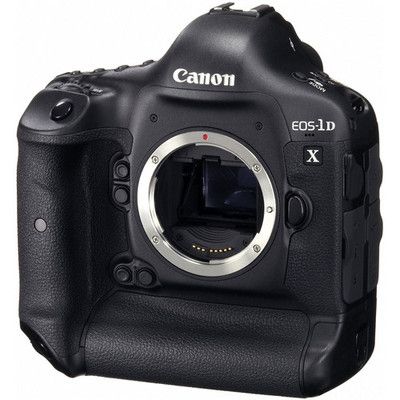Canon Going To Attend The Photography Show in March 2014
Canon UK press release:
United Kingdom, Republic of Ireland, 3rd February 2014 – Canon, world-leader in imaging solutions, will be attending The Photography Show 2014 with an aim to excite everybody with a passion for photography. With talks from special guests, access to Canon experts and a vast interactive display of innovative products, Canon is set to bring photography to life (Stand B10). Hear first-hand and delve into the journeys of seasoned professionals that have been operating in the industry for years. Learn of their experiences and tips with talks from Canon photographers across different areas of the show, including:
- Jeff Ascough, Wedding Photographer & Canon Ambassador, at The Student Conference
- Clive Booth, Fashion Photographer & Canon Explorer, at The Catwalk
- David Noton, Landscape Photographer & Canon Explorer, at The Studio
- Danny Green, Wildlife Photographer & Canon Explorer, at The Studio




 [/shoplink]
[/shoplink]